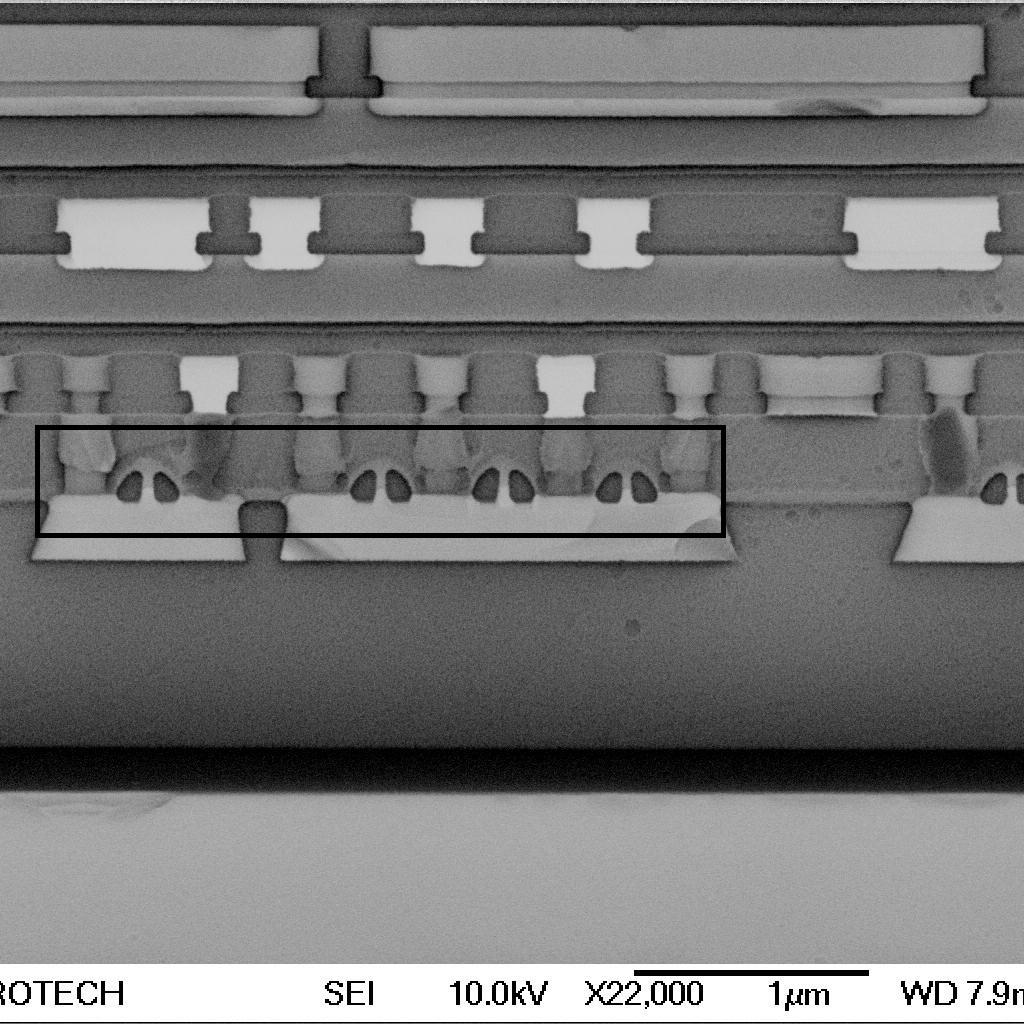The hard truth is that a patent might appear strong on paper but falter under the scrutiny of courtrooms, IPRs, or post-grant reviews.
Take the case of Masimo vs. Apple. In 2020, Masimo filed a lawsuit against Apple, asserting 12 of its patents. Apple countered with Inter Partes Reviews (IPRs) and invalidated 8 of those patents. This weakened Masimo’s case and delivered a significant blow to its litigation strategy.
Things would have been different if Masimo had performed a rigorous patent strength check before heading to court. They might have identified weaker patents, avoided costly setbacks, and focused their litigation efforts on assets that could withstand IPRs and legal challenges.
This is where a proactive patent strength check comes in. A quick yet thorough evaluation will ensure that you’re asserting only the strongest patents, reducing risks, saving time, and gaining the confidence needed to succeed in court.
In this article, we share three different strategies to assess patent strength – ranging from quick and effective check to a full-fledged litigation grade analysis:
1. Quickest patent strength check: Investigate family members’ claims
Investigating family member claims is a quick and easy way to gauge any surface-level prior-art concerns. If a family member’s claims are narrower, the examiner may have found better prior-art references during the examination process. So, the same references should be used to check the subject patent´s strengths.
Here’s how to quickly check the strength of a patent by analyzing the claims of its family members:
Step 1: Compare claims across family members
Start by examining the claims of all family members. Identify whether any related patents have narrower claims than those you intend to assert.
Step 2: Explore the reasons for narrowing
Next, dig deeper into the prosecution history of the narrower family member. Look at the examiner’s office actions, cited prior art, and the applicant’s responses. This will reveal the specific references or objections that led to the narrowing of the claims.
As an example, consider the family member’s claims below. There is a stark difference between the claims.
| Claims in USXXXXUS7821913B2 | Claims in EPXXXXEP1864458B1 |
|---|---|
| An apparatus comprising: at least one processor configured to append guard intervals to data blocks such that each data block has a guard interval at the beginning of the data block and a guard interval at the end of the data block wherein the guard interval is independent of the data block, and to process the data blocks and the guard intervals for transmission; and a memory coupled to at least one processor. | An apparatus comprising: means for demultiplexing (1010) received samples to obtain a first block of received samples for a known transmission and a second block of received samples for a transmitted data block, wherein data blocks are transmitted such that each data block has a guard interval at the beginning of the data block and a guard interval at the end of the data block; means for deriving a channel estimate (1014) based on the first block of received samples, wherein the channel estimate comprises frequency-domain channel gain estimates; and means for performing equalization on the second block of received samples with the channel estimate; and wherein the means for performing equalization on the second block of received samples comprises means for transforming (1016) the second block of received samples to obtain frequency-domain symbols, means for performing equalization (1020) on the frequency-domain symbols with the channel gain estimates to obtain equalized symbols, means for transforming (1022) the equalized symbols to obtain time-domain equalized samples; and means for performing (1036) post equalization on the equalized samples using at least one of said guard intervals. |
The claims on the right are much broader than those on the left. In such cases, it is important to dig deeper into the prosecution history of EP members to determine whether any references could apply to the US member.
Step 3: Apply those references to the original family member
Test whether these references can challenge the broader claims of the original patent.
This technique efficiently identifies potential prior-art concerns during the infringement analysis phase, helping to pinpoint weaker patents early. While focused on surface-level evaluation, it highlights strong patents worth prioritizing for more detailed analysis.
2. A time-saving yet thorough analysis that adds another layer of confidence to your litigation campaign.
A usual challenge in strength checks is the limited time and resources to perform exhaustive checks on every single patent. This method identifies readily available prior art references that could immediately question the patent’s validity, hence its strength:
Here’s how you can quickly assess a patent’s strength:
Step 1: Set a limited search scope
Spend approximately 20–30 hours conducting a focused prior art search. Limit the scope to references with direct applicability rather than broader interpretations to save time while still uncovering potential risks.
Step 2: Target easily discoverable prior art
Focus on prior art that is straightforward to find and likely to be used in initial challenges. These references are often the first line of attack in IPRs or post-grant reviews.
Step 3: Leverage AI tools
Leverage AI-powered patent search tools like PQAI, Ambercite, and IPRally to streamline your analysis. These platforms analyze patent networks and citations, providing valuable insights into potential overlaps and weaknesses.
Step 4: Provide an initial assessment
Present the findings to the clients to support whether to assert the patent or address potential risks. The assessment includes a summary of identified prior-art references, the extent of overlap with the patent claims, and a clear recommendation on the patent’s strength.
This approach is ideal for quickly validating a patent’s strength without the time and resource commitment of a comprehensive search.
3. Unbeatable patent strength check: Full-fledged invalidation search
A patent invalidated during litigation doesn’t just weaken the case. It jeopardizes the entire enforcement strategy, wasting valuable time, resources, and credibility. To mitigate this risk, conducting a full-fledged invalidation search is essential. It thoroughly evaluates a patent’s strength, ensuring you can effectively anticipate and counter any patent invalidity challenges.
Step 1: Exhaustive search across multiple sources
A surface-level search won’t cut it when the stakes are high. A comprehensive invalidation search dives into every possible source of prior art to uncover anything that could threaten the patent’s validity.
- Databases:
Search across global patent databases like USPTO, EPO, JPO, and others to identify existing patents that may overlap with your claims. - Technical Literature:
Explore industry whitepapers, conference proceedings, and technical journals that may not be indexed in traditional patent databases. - Non-Patent Literature:
Don’t overlook product manuals, standard documents, or other niche publications that could contain overlooked prior art. These sources are often a goldmine for invalidation arguments. - Patent Families:
Investigate related patents in the same family to spot narrower claims or prosecution history insights that may signal vulnerabilities.
Step 2: High-quality analysis of identified prior art
Finding prior art is only the beginning. The next step is a rigorous, detailed analysis to assess its impact on the subject patent’s claims.
- Claim Mapping:
Analyze how each piece of prior art overlaps with the claims. Focus on novelty and inventive steps to understand whether the references can challenge your patent’s validity. - Relevance and Applicability:
Not all prior art will be directly relevant. Filter out irrelevant references and focus on those that genuinely threaten your patent. - Legal Implications:
Consider the legal weight of each piece of prior art. Some references may be technically similar but lack the legal robustness needed to challenge your patent in court.
For example, a patent related to a novel food packaging design is being asserted in litigation. During a comprehensive invalidation search, two key prior art references are identified:
- Prior Art A: A blog post describing a similar packaging concept. While the concept appears close, the blog lacks detailed implementation specifics and does not provide evidence of widespread public use or dissemination before the patent filing date.
- Prior Art B: A granted patent from another jurisdiction covering a similar design but explicitly excluding the tamper-evident feature central to the patent’s claims.
In this scenario, Prior Art A poses a limited risk due to its informal nature and lack of legal robustness. However, Prior Art B requires closer examination, as its status as a granted patent carries more weight. The exclusion of the tamper-evident feature in Prior Art B can be used to demonstrate novelty and defend the patent’s claims effectively.
Step 3: Focus on litigation-grade evidence
In litigation, defendants will exploit any weakness they can find. To counter this, the invalidation search must result in evidence ready to withstand court scrutiny.
- Robust Documentation:
Prepare detailed, well-structured reports that clearly map prior art to your patent claims. Include visuals, such as annotated claim charts or diagrams, to make your arguments airtight. - Clear Comparisons:
Highlight differences between your patent and the prior art to demonstrate why your claims are novel and non-obvious. - Expert Testimony Preparation:
Work with technical experts to ensure your findings are solid on paper and defensible during cross-examination.
A full-fledged invalidation search provides a strategic advantage by proactively uncovering vulnerabilities opponents might exploit during litigation.
What next?
After evaluating a patent’s strength, the next critical step is drafting a claim chart. Even with strong evidence, common claim chart mistakes can weaken the case and jeopardize its impact. A well-prepared claim chart ensures that the findings from a patent strength check are effectively translated into a clear and enforceable assertion.
GreyB’s claim charts are built to stand strong in court and drive success in monetization negotiations. Want to see the difference for yourself?
Request a sample claim chart using the form below:













